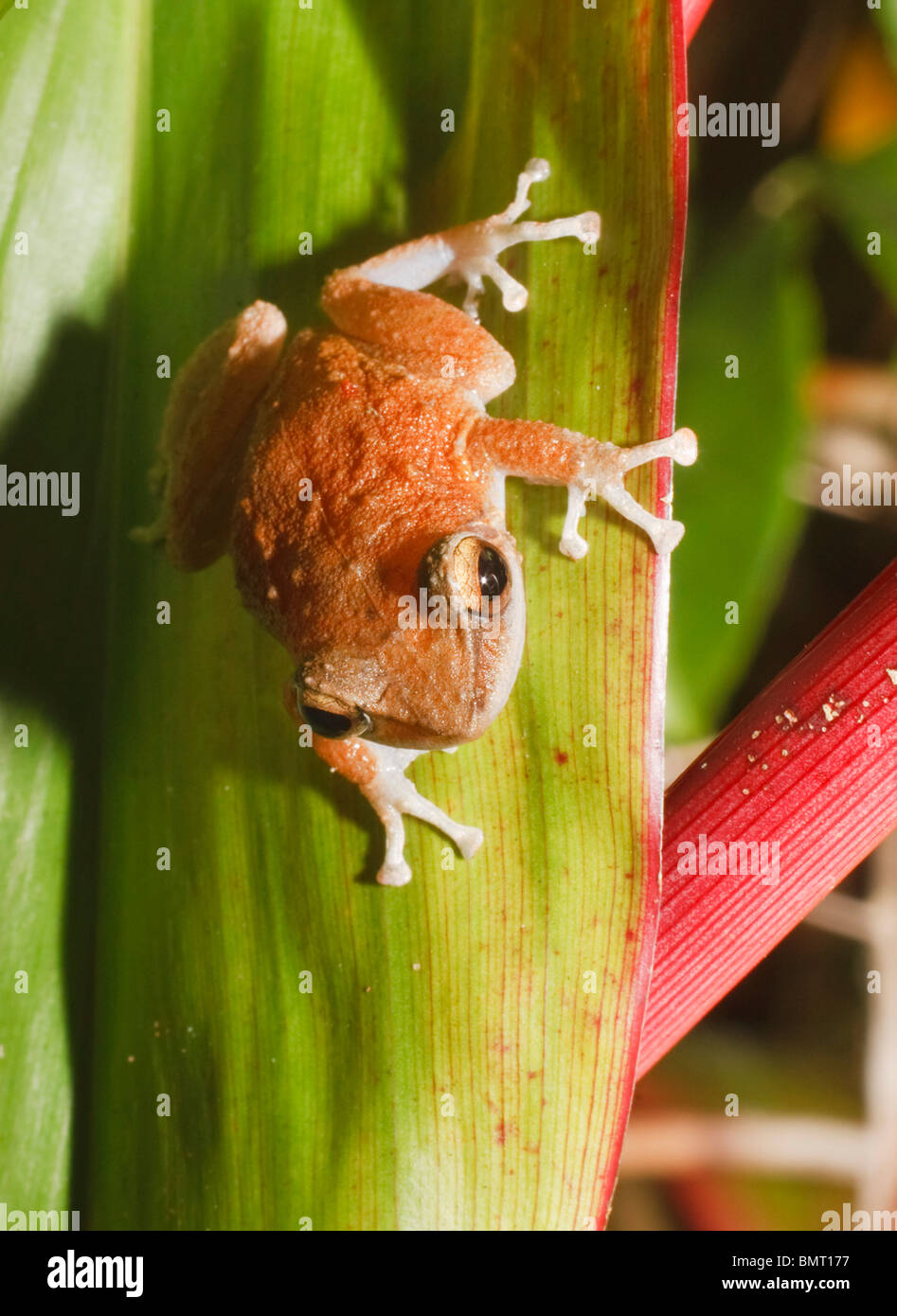
Hawaii, United States Of America; Coqui Frog (Eleutherodactylus Coqui) On Leaf, An Invasive Or
The coqui frog has infested large swaths of the Big Island, with more than 10,000 per acre in the worst-hit areas. The frogs' high-pitched nighttime mating calls have caused residents many.

Coqui Frogs Big Island Invasive Species Committee (BIISC)
Coqui frogs have been on the Big Island for nearly 10 years; therefore, a larger proportion of individual frogs are noticeably bigger than they were several years ago. Elevation is another factor known to influence body size. Frogs tend to grow larger at higher elevations compared to lower elevations. .
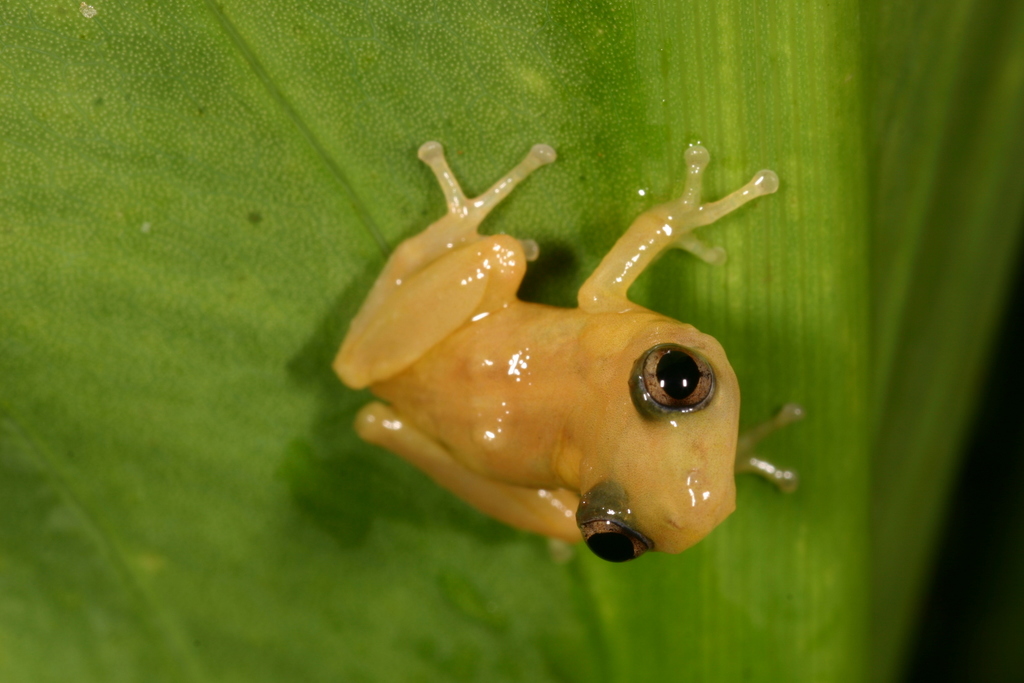
Common Coqui (Amphibians of Hawaii) · iNaturalist
Quiet Neighborhoods Coqui Eradication Hawaii specializes in natural processes to control and eradicate Coqui Frogs and Coqui nesting areas in Kailua Kona, HI. Contact us today for a quote!

Hawaiian Coqui Frogs Increase Bird Populations, Study Finds Hawaii Reporter
In its native Puerto Rico, the female coqui frog usually lays a cluster or clutch of 34-75 eggs four to six times a year; however, under laboratory conditions in Hawai`i, mating pairs produce a clutch every 2½ weeks without loss of fertility - that's 26 clutches a year, or more than 1,400 eggs per female per year!.

Attack on the coqui frog News, Sports, Jobs Maui News
Coqui Frogs in Hawaii The coqui frog (Eleutherodactylus coqui) is believed to have hitchhiked on a shipment of potted plants from Florida in 1988. Coqui frogs are small, nocturnal predators that eat insects and other invertebrates. Male coqui have a distinct "ko-kee" mating call that can be heard day and night.
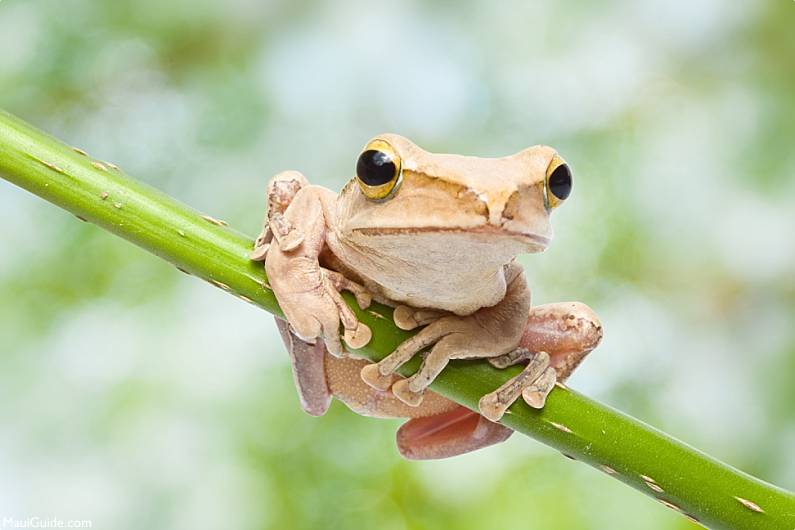
The Obnoxious Coqui Frog in Maui, Hawaii Invasive Species
The Hawaii Department of Agriculture is participating in a multi-agency campaign to stop the spread of coqui in Hawaii. This webpage provides information on the coqui problem and also asks the assistance of the public's eyes and ears to report possible new infestations of coqui.. (HEAR) project-Alien Caribbean Frogs in Hawaii at www.hear.org.
Tiny coqui frog a big problem in Hawaii LA Times
Coqui frogs often perch on twigs, in leaf whorls and folds, between two leaves, in folded or curled leaves, in leaf axils, or in dead leaves hanging from the plant. They are often found on broad-leaved plants, but they will use any leaf that will support their weight and provide cover. Adult frogs tend to be 3-9 feet off the ground.

Invasive Species in Hawaii Hawaii Public Radio
Numerous populations of coqui in Hawaii are established, and considered highly invasive (Hawaii Invasive Species Council, 2018). A variety of methods are being used to monitor and eradicate these rapidly spreading frogs (Kraus et al., 1999; Kraus and Campbell, 2002; Thomas, 2006; Woolbright et al., 2006).. Coqui frog (Eleutherodactylus coqui.

Study Residents enjoy noisy coqui frog Hawaii Reporter
Coqui frogs are a nuisance in Hawaii emitting loud shrieks keeping residents awake at night. Also, they threaten the potted plant industry because they often hide away in plants and recipient importers threaten banning Hawaii plants. Field trials with 1% caffeine and 0.1% pyrethrin were completed. These trials of caffeine/pyrethrin decreased.

Common Coquí Eleutherodactylus coqui
If you capture a frog, please handle and dispense with it humanely:1) if on the Big Island, take the frog to a local veterinarian or wildlife shelter for euthanasia (have the frog properly containerized to prevent spreading it into a non-infested area en route), or 2) deeply anesthetize the frog by applying a topical anesthetic (e.g. Orajel) and.
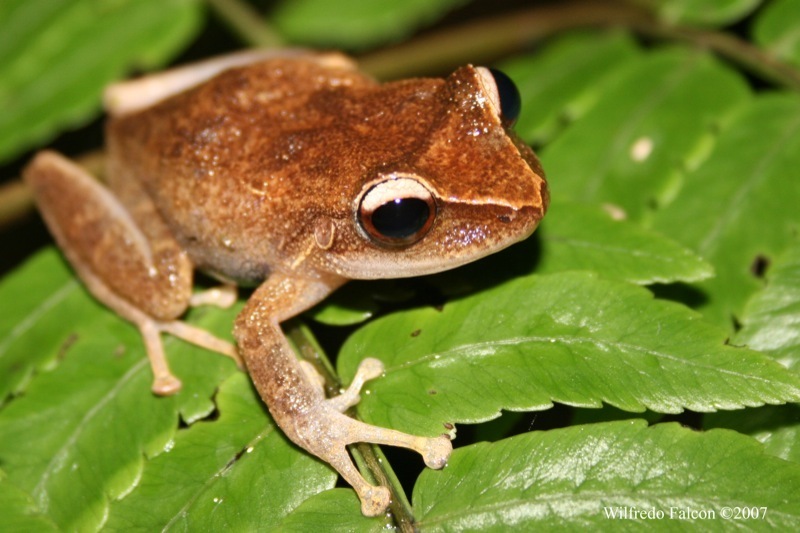
Common Coqui (Amphibians of Hawaii) · iNaturalist
The coqui frog, Eleutherodactylus coqui, is yet another alien species to the state of Hawaii, which if left unchecked, can have a devastating impact on the unique ecosystems of the islands and as a potential quarantine pest of agricultural exports, including potted ornamentals. This project will study the biology and habits of the coqui frog to devise short and long-term control strategies for.
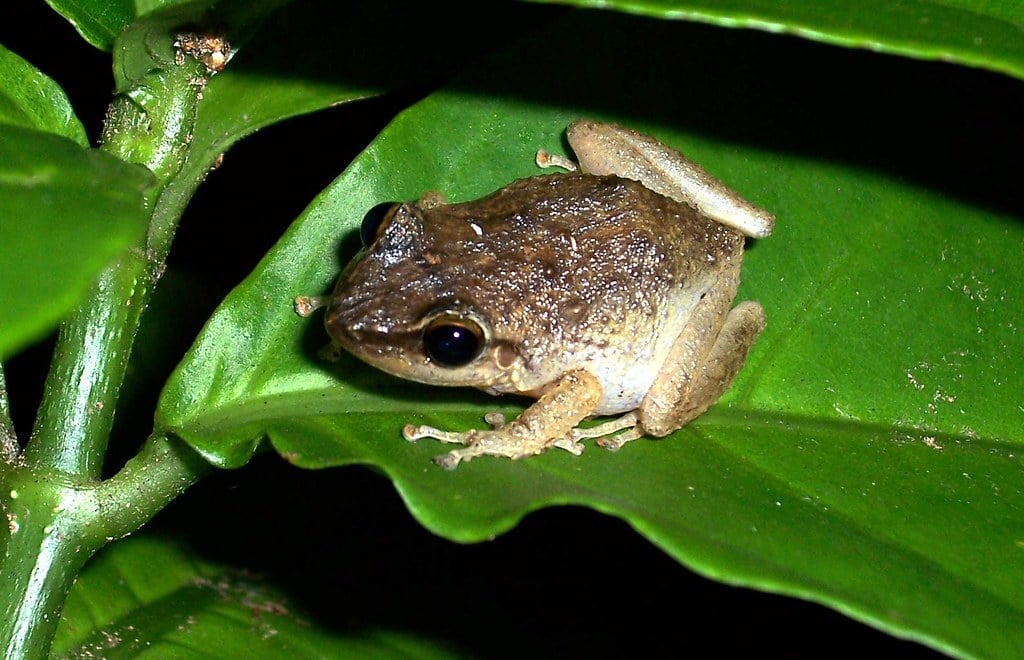
Hawaii Coqui Frog Problem Invasive Species to Hawaii Islands
Why Are Coqui Frogs a Problem in Hawai'i? The coqui frog, Eleutherodactylus coqui Thomas (Anura: Leptodactylidae ), was accidentally introduced into Hawai'i from Puerto Rico in about 1988. Aside from being a major noise nuisance, the frogs pose a threat to Hawai'i's island ecosystem.
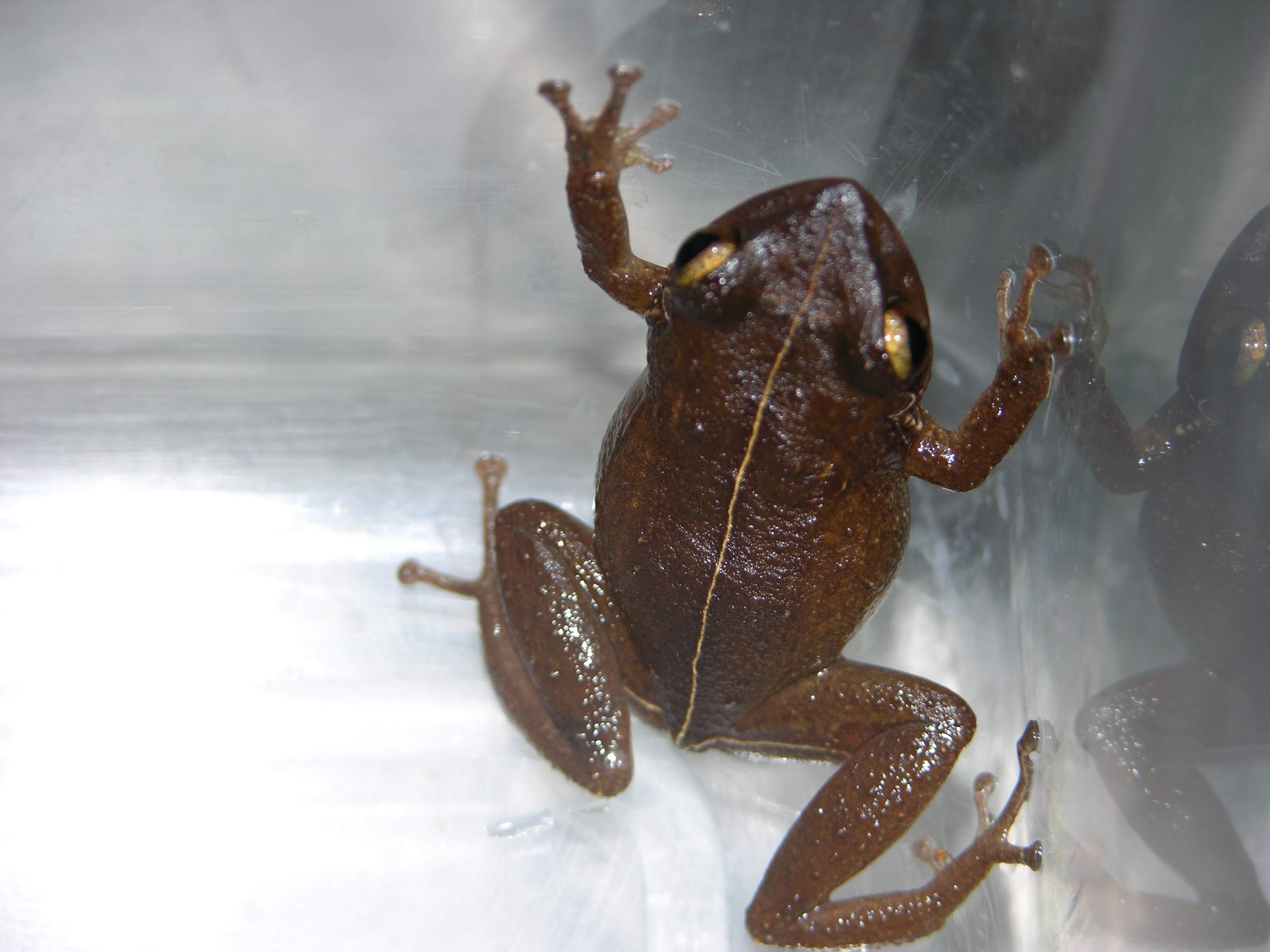
Department of Agriculture Three Coqui Frogs Captured on Oahu Last Night
Its ability to quickly adapt to Hawai'i from its native Puerto Rico and reach unprecedented numbers, the absence of predators, and its noisy mating behavior have made the coqui frog the target of government and community eradication and control efforts.

Coqui frogs given rare sanctuary on Hawaii Island YouTube
The Puerto Rican coqui frog (Eleutherodactylus coqui) invaded Hawaii in the late 1980s. Because the coqui reaches high densities and consumes large quantities of invertebrates, it was hypothesized to change invertebrate communities where it invades. Previous research found that coquis can change invertebrate communities, but these studies used highly manipulative, small-scale experiments. The.
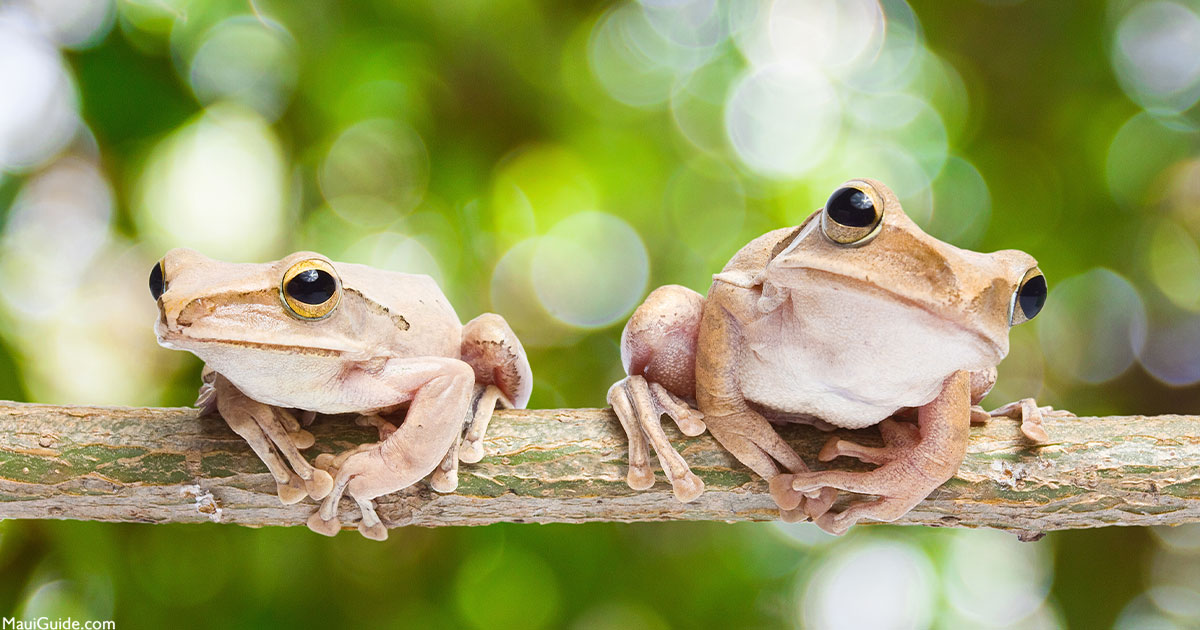
The Obnoxious Coqui Frog in Maui, Hawaii Invasive Species
The coqui is a tree frog, native to Puerto Rico, and was unintentionally introduced to Hawai'i around 1988. Coqui frogs adaptability and Hawai'i's lack of sufficient natural predators, have contributed to coqui populations' rapid expansion.
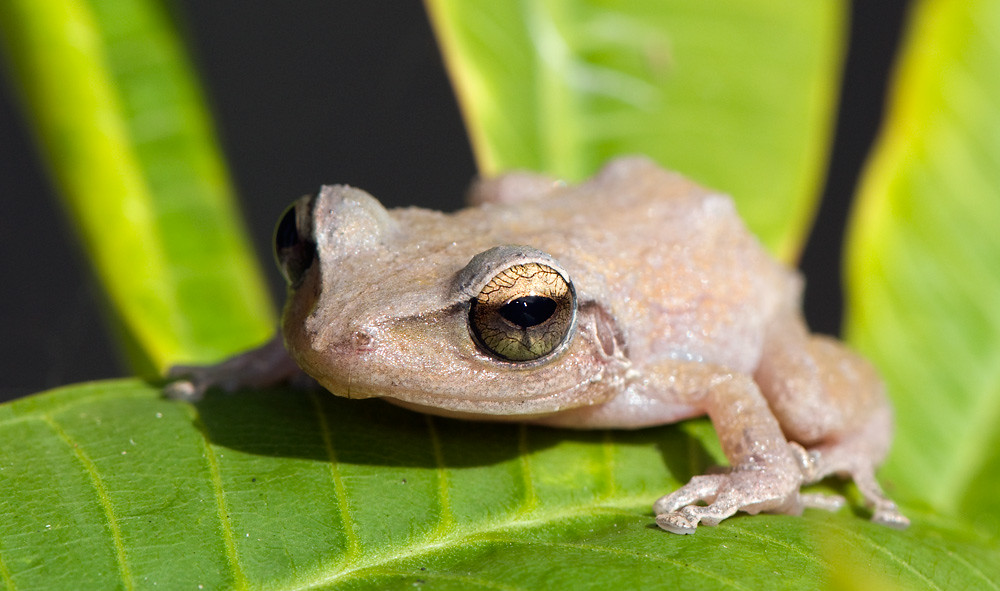
Eleutherodactylus coqui Common Coqui Frog Big Island, Ha… Flickr
Coqui frogs are native to Puerto Rico and are thought to have been introduced to Hawaii in the late 1980s. In addition to the 22 eradicated populations, MISC crew members have caught single.